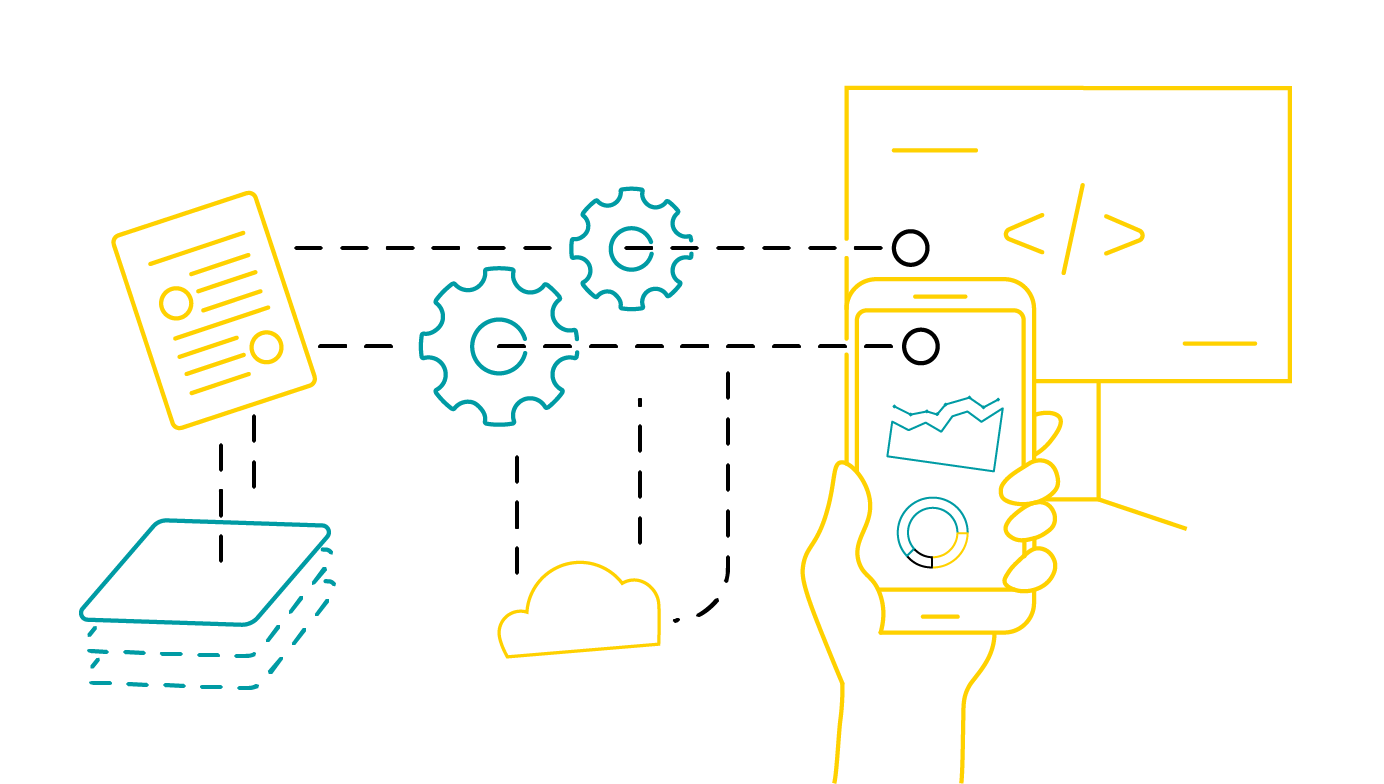So much has been said about the importance of business transformation in this “digital age”. But questions such as what it means or where to start often make the concept appear confusing and overwhelming.
Transforming what?
Indeed, with the advancement of technologies and systems, businesses are afforded unprecedented opportunities to make themselves more nimble, more robust, and easier to reach, touch, and interact with their customers. Businesses which are deliberate in leveraging these technologies are better positioned to reap the benefits of “going digital”. In a research paper released in 2018, Forrester Research found: “Using software, hardware, algorithms, and the internet, digital business leaders find that it's 10 times cheaper and faster to engage customers and deliver outcomes that their customers value.”
Transformation does mean moving from analogue to digital, but it doesn’t end there. As a matter of fact, it only starts there. Digital transformation means to design/redesign one’s business in order to align one’s business processes and assets with market demands and customer requirements, using digital technologies. These technologies include Artificial Intelligence-based machine learning tools and Internet-connected assets such as in IoT services. The goal is to access/integrate data, glean insights, and execute operational decisions faster and more intelligently, with a focus on action. That’s what creates competitive edge!
So, digital transformation is first and foremost a business strategy.
Where to start?
Development in mobile internet and ever faster broadband speed and expanding bandwidth capacity have made it possible to access, collect and utilize business data in a matter of minutes. As a result, businesses are faced with a tsunami of devices and torrent of data. But the question is how would these devices and data from them transform my business, one might ask.
Device management is the foundation of a digital strategy. “Device management is the ‘real net-new technology addition’ in IoT platforms, as distinguished from familiar IT systems, is both the most critical and least regarded strategic challenge in new IoT deployments,” according to a report published by Gartner in 2018. Gartner further laments the state of affairs: “Device management appears to be the technology element of the modern IoT platform where vendors spend the least amount of effort and investment.”

Then, what is device management and what does it encompass? Device management functions normally would include device registration, provisioning and authentication, remote control and diagnostics, status tracking and fault management. To manage millions of devices in the cloud, be it private or public, over-the-air services such as firmware management is a critical component of any device management solution in IoT services.
What tools to choose?
There are a number of choices when it comes to device management protocols and transfer protocols. Popular among them, one can find MQTT, TR-069, OMA DM or CoAP as well as the fast-emerging Lightweight Machine to Machine (LwM2M) protocol for IoT device management gaining momentum. LwM2M’s advantage for IoT services lies in its low data rate, well-defined data models, low resource consumption. It also works well with a small data frame and high latency networks.
In the end, what protocol you choose or what platform you settle on largely depends on your specific use case applications and your overall digital transformation goals. Are you trying to:
- Get a better handle on all aspects of your business by integrating various processes?
- Connecting deployed assets to glean data for operational insight?
- Deliver better customer experience by issuing detection and resolution or enabling self-service capabilities?
- Deploying new services by connecting your deployed assets/devices to create new revenue streams?
All of these are laudable goals and each by itself could launch you onto a legitimate venture, that may indeed reap business benefits. With enterprises embarking on IoT-based digital transformation, enabled by technology advancements including what’s on the horizon of 5G networks, business transformation is no longer a dream, but a reality.
